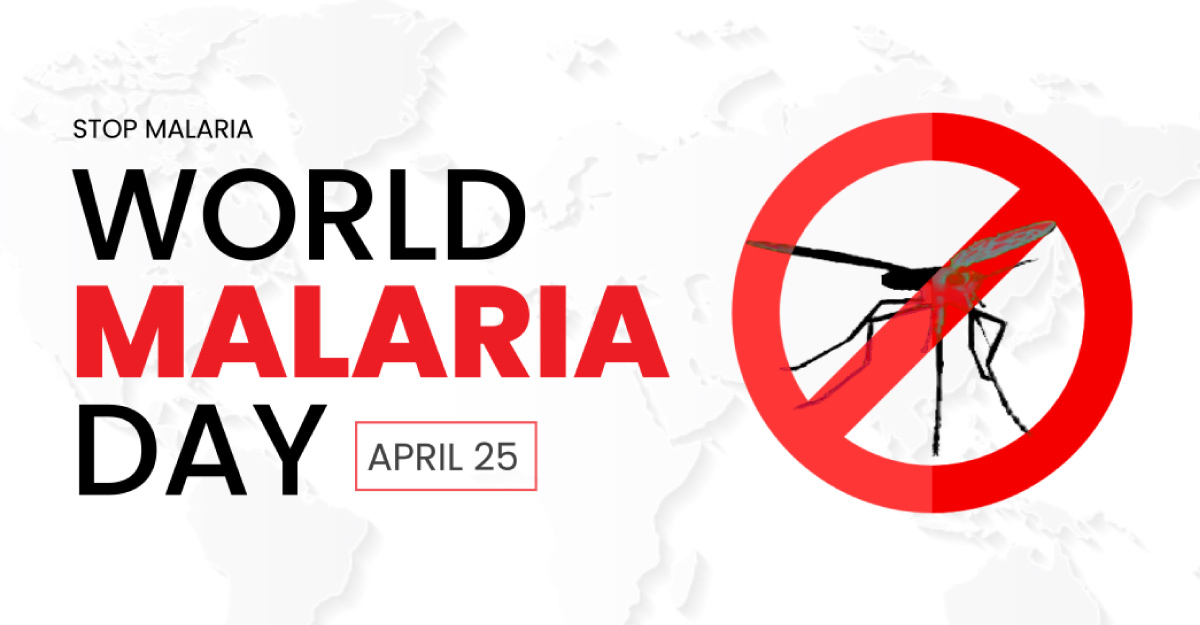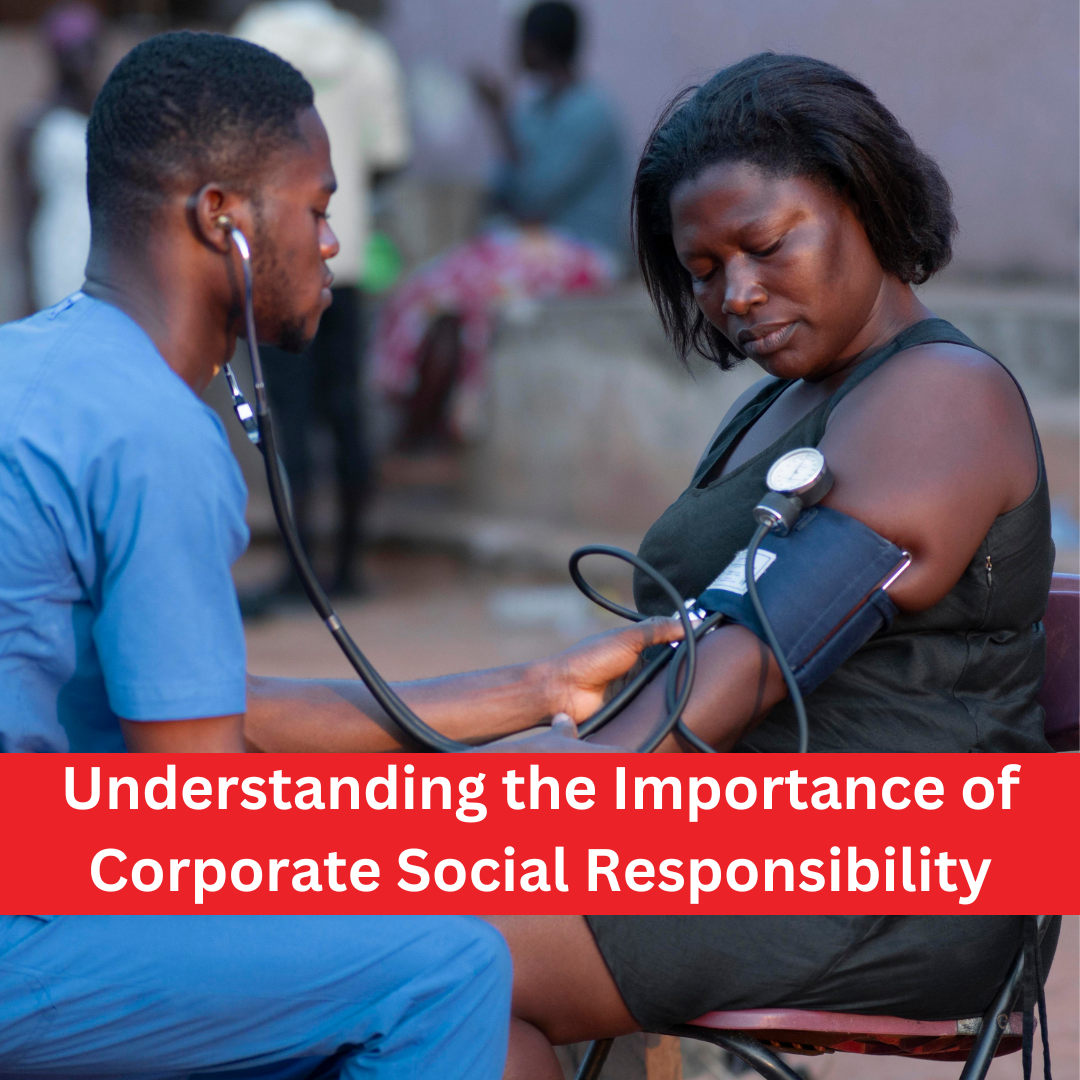Today, on World Malaria Day (WMD), the global community recognizes and celebrates the progress made in the fight against malaria while raising awareness about what we still need to do to ensure that no one dies from this preventable and treatable disease. In addition to malaria facts, we have also written about the things you need to know about malaria in the ongoing effort to raise awareness about malaria, what it does to your body, how to prevent it, and how to treat it.
Key Malaria Facts
Here are the seven facts about malaria you may not have known.
- The risk in Africa is three times greater than anywhere
- World Health Organization’s African Region bears a disproportionate share of the burden of malaria globally
- The mosquito transmitting malaria is the Anopheles mosquito and is most active between dusk and dawn
- In Africa, 90% of malaria deaths occur
- In 2020, they estimated malaria to have killed 627 000 people
- Globally, there are estimated to be 241 million malaria cases in 2020
- For a healthy person, the symptoms and signs of the disease appear within 10-15 days after being infected by the bite of an infected female anopheles mosquito
Related: Don’t Overlook The Importance Of A Complete Blood Count Test.
The risk in Africa is three times greater than anywhere
In the world today, most malaria deaths occur in Africa. A child dies from malaria every minute in Africa. The risk of contracting malaria is three times greater than anywhere else. Unfortunately, this disease also kills more Africans than any other cause.
The risk of catching malaria is less high in South and Central America and Asia than in Africa, but that does not mean it is not there. Because the disease is so widespread throughout these sections of the world, travel to these regions can be risky for those who do not take preventative measures.
For example, A person traveling from North America or Europe to sub-Saharan Africa will contract malaria 1 out of every 426 times they visit!
Globally speaking, malaria affected 85 countries as of 2015. These countries were home to 3.2 billion people; around half (46%) of the world’s population was therefore living at risk of contracting this life-threatening disease!
World Health Organization’s African Region bears a disproportionate share of the burden of malaria globally
Ninety-five percent of malaria cases and ninety-six percent of malaria deaths occurred in Africa in 2020.
Children under 5 accounted for about 80% of all malaria deaths.
The mosquito transmitting malaria is the Anopheles mosquito and is most active between dusk and dawn
The Anopheles Mosquitos are the most dangerous animal because they cause more human suffering than any other creature. It thrives between dusk and dawn, meaning it’s hard to avoid bites at night. Sleeping under a net can help protect you from getting bitten while you sleep, but it’s important not to touch the insecticide net while you sleep since that could create an opening for mosquitoes to get through.
In Africa, 90% of malaria deaths occur
One reason is that the Anopheles mosquito (the mosquito that transmits malaria) is more common in Africa than anywhere else. Malaria parasites have also developed resistance to some drugs used to treat malaria, such as chloroquine—a big problem in sub-Saharan African countries.
In 2020, they estimated malaria to have killed 627 000 people
While malaria symptoms can range from mild to severe most of the time, they are not fatal. The symptoms include fever, headaches, and diarrhea. The most effective way to prevent these deaths is to use insecticide-treated bed nets. You can also use insect repellents, wear long sleeves and pants, keep mosquitoes out of your home, get tested and treated for malaria, and take medicine to prevent malaria.
Globally, there are estimated to be 241 million malaria cases in 2020
In 2020, there were about 241 million worldwide malaria cases (down from 243 million in 2019) between 2010 and 2019. The cases dropped by 33%, with a 43% decrease in the WHO African Region.
For a healthy person, the symptoms and signs of the disease appear within 10-15 days after being infected by the bite of an infected female anopheles mosquito
There is a wide range of symptoms associated with malaria, ranging from mild to severe, and presenting anywhere between 10 to 15 days after being bitten by an infected female Anopheles mosquito. However, when a person contracts malaria for the first time, the symptoms are more severe than subsequent infections.
Some people get recurrent episodes of symptoms that come back months or years after their first episode of illness. It is called relapsing malaria.
Most patients will recover without complications after the malaria treatment; however, those left untreated may develop severe illness and brain damage. Malaria can also lead to death if not promptly diagnosed and treated.







No Comments